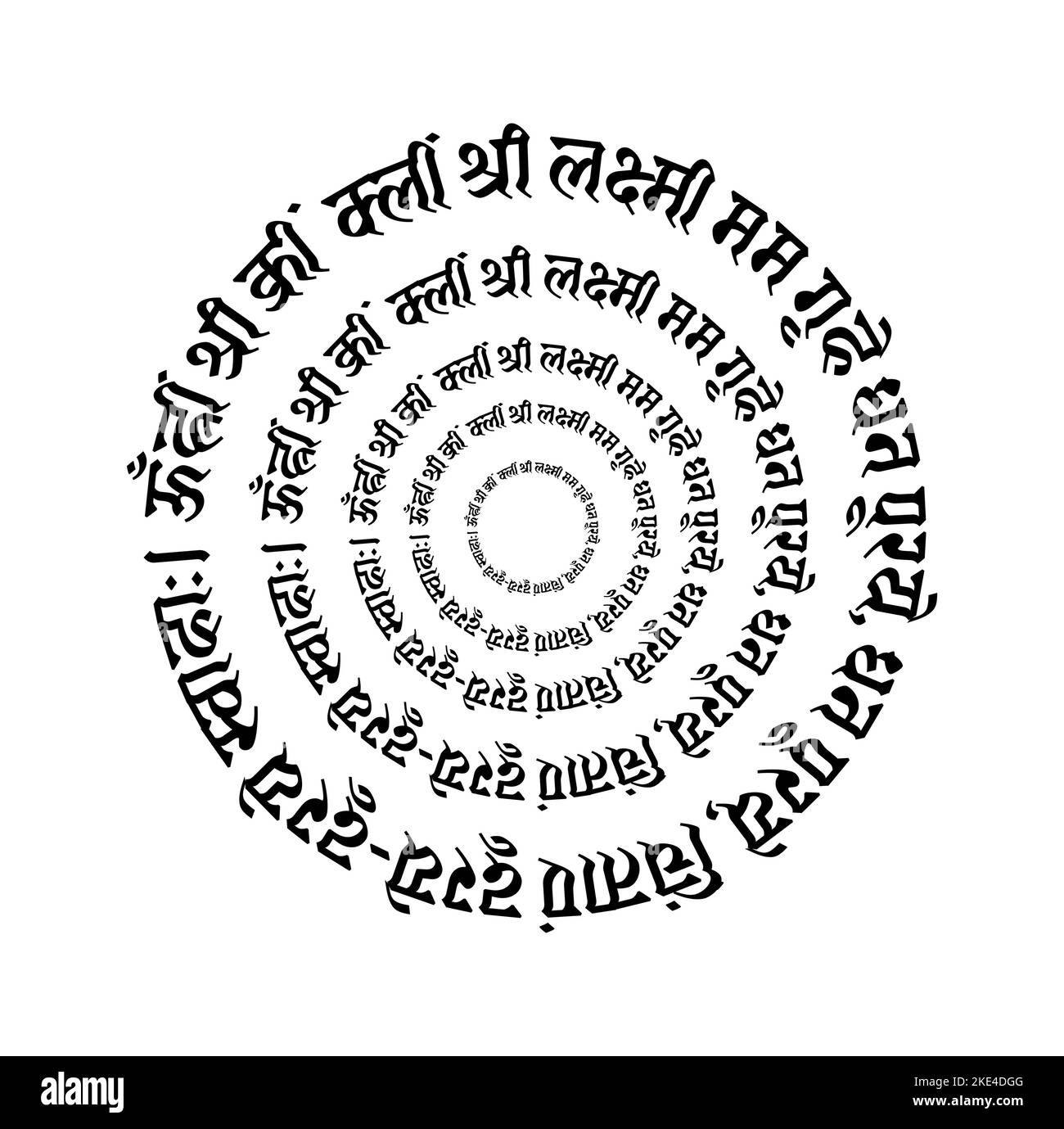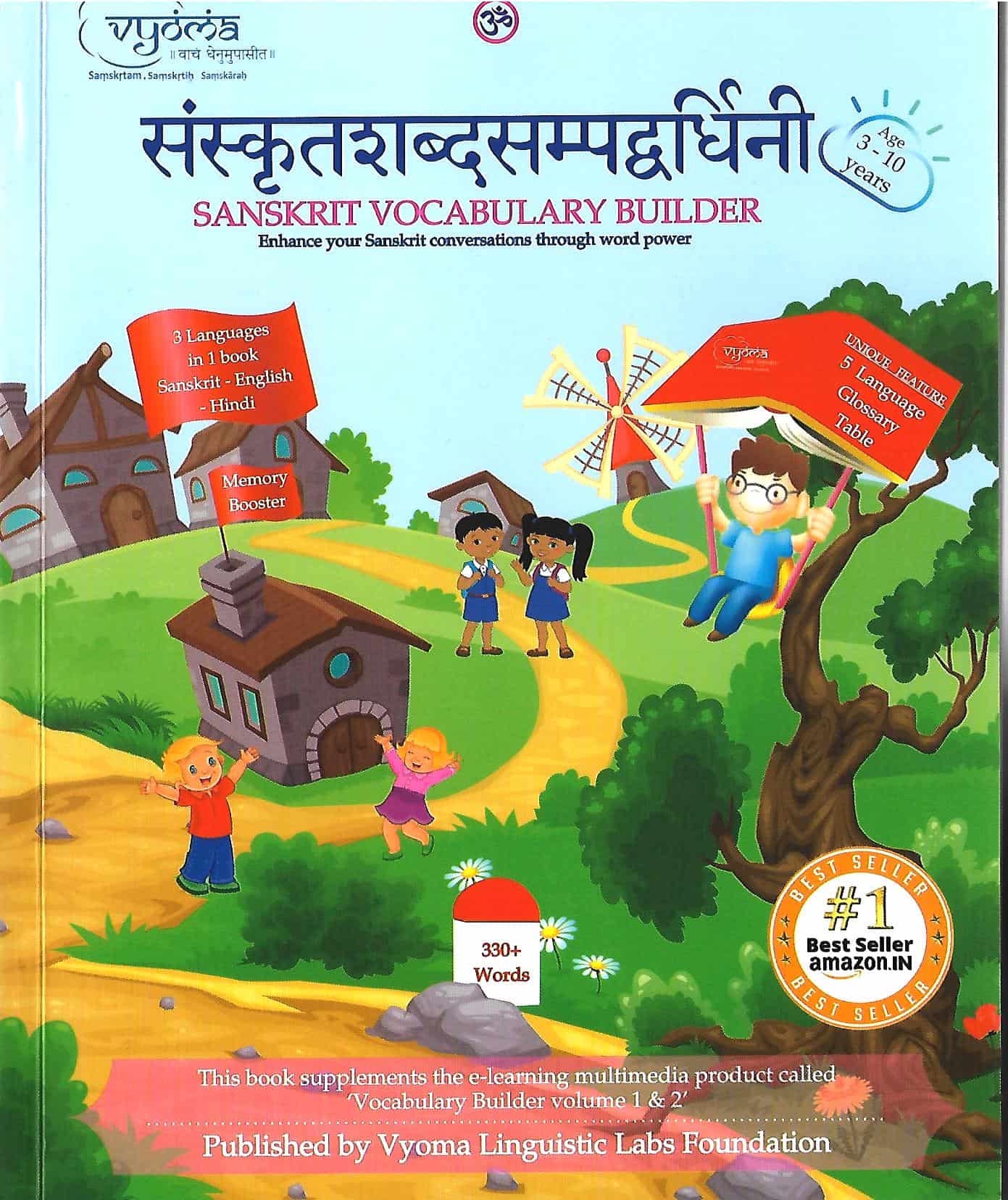Have you ever wondered how the ancient wisdom of Sanskrit can transform your breathing? Well, let me tell you, it's like discovering a hidden treasure chest for your mind and body. Sanskrit, the language of the gods, holds incredible secrets that can change the way you breathe and live. Imagine tapping into centuries of knowledge, where every breath becomes a journey to inner peace. Let's dive into this amazing world together!
Let’s be real here, life gets hectic, right? Between work deadlines, family drama, and just general chaos, it’s easy to forget how important our breath is. But what if I told you that by simply breathing in Sanskrit, you could unlock a whole new level of relaxation and focus? Sounds crazy, right? Well, keep reading because we’re about to explore how ancient Sanskrit practices can revolutionize your breathing game.
Now, before we go too deep, let’s set the stage. This article isn’t just about spitting out facts—it’s about giving you practical tools to improve your life. Whether you’re a yoga enthusiast, a meditation master, or someone who just wants to chill out after a long day, learning how to breathe in Sanskrit can be a game-changer. So grab a cup of tea, get comfy, and let’s get started!
- Drakes Mom The Woman Behind The Music Icon
- Zulfiya Kvyat The Inspiring Journey Of A Rising Star In The Spotlight
What Does Breath Mean in Sanskrit?
In Sanskrit, the word for breath is “Prana,” and it’s more than just air moving in and out of your lungs. Prana is the vital life force that flows through everything in the universe. Think of it like the energy that keeps us alive and connected to the world around us. Pretty cool, huh? But it doesn’t stop there. Sanskrit also gives us powerful mantras and techniques to harness this energy and use it to our advantage.
Here’s the thing: when you breathe in Sanskrit, you’re not just inhaling oxygen—you’re inviting a deeper connection to your spiritual self. It’s like hitting the reset button for your mind and body. And who doesn’t need a little reset every now and then?
The Power of Sanskrit Mantras in Breathing
Sanskrit mantras are like magical words that can transform your breathing experience. These ancient sounds are designed to resonate with the natural frequencies of the universe, creating a harmonious vibration within you. When you combine these mantras with conscious breathing, you unlock a powerful tool for relaxation and healing.
- Unveiling The Wolverine Name The Ultimate Guide To Its Origin Meaning And Popularity
- Jack Doherty Height The Inside Scoop Youve Been Waiting For
For example, try saying the mantra “Om” while taking deep, slow breaths. Feel how the sound vibrates in your chest and throat, calming your mind and grounding your body. It’s like a spa day for your soul, but without the spa!
Benefits of Using Sanskrit Mantras in Breathing
- Reduces stress and anxiety
- Improves focus and concentration
- Enhances overall well-being
- Connects you to your spiritual essence
These benefits aren’t just fluff—they’re backed by science. Studies have shown that regular practice of Sanskrit mantras and breathing techniques can lead to significant improvements in mental and physical health. So why not give it a shot?
How to Practice Breathing in Sanskrit
Ready to give it a try? Here’s a simple step-by-step guide to help you start practicing breathing in Sanskrit:
- Find a quiet, comfortable place to sit or lie down.
- Close your eyes and take a few deep breaths to center yourself.
- Choose a Sanskrit mantra, like “Om” or “So Hum.”
- Inhale deeply through your nose, feeling the air fill your lungs.
- As you exhale, chant your chosen mantra softly or silently.
- Repeat this process for 5-10 minutes, focusing on your breath and the sound of the mantra.
Trust me, it’s easier than it sounds. Just give it a try and see how it makes you feel. You might be surprised at how quickly you start to notice a difference.
Historical Significance of Breath in Sanskrit
Let’s take a quick trip back in time to understand why breath is so important in Sanskrit culture. For thousands of years, ancient sages and yogis have recognized the power of prana and developed intricate systems to harness it. Practices like Pranayama, which literally means “extension of life force,” have been passed down through generations as a way to enhance physical, mental, and spiritual health.
In Sanskrit texts like the Vedas and Upanishads, breath is often described as the bridge between the body and the soul. By mastering your breath, you can achieve a state of balance and harmony that’s essential for living a fulfilling life. It’s like finding the secret ingredient to happiness, and it’s been right under our noses the whole time!
Key Sanskrit Texts on Breathing
- Rigveda: The oldest of the Vedas, containing hymns and rituals related to breath.
- Bhagavad Gita: A spiritual guide that emphasizes the importance of prana in daily life.
- Hatha Yoga Pradipika: A classic text on yoga that includes detailed instructions on Pranayama.
These texts aren’t just ancient history—they’re living guides that can still teach us valuable lessons today. So whether you’re a history buff or just curious about the origins of these practices, there’s something here for everyone.
Modern Applications of Sanskrit Breathing Techniques
Fast forward to the present day, and you’ll find that Sanskrit breathing techniques are more relevant than ever. In our fast-paced, high-stress world, these practices offer a much-needed break from the chaos. From corporate wellness programs to school mindfulness initiatives, Sanskrit-based breathing exercises are being used to promote health and happiness.
For instance, many therapists now incorporate Pranayama into their treatment plans for anxiety and depression. It’s like having a built-in stress relief tool that you can access anytime, anywhere. And the best part? It’s completely free!
Common Misconceptions About Breathing in Sanskrit
Before we move on, let’s clear up a few common misconceptions about breathing in Sanskrit:
- It’s too difficult: Wrong! Anyone can learn to breathe in Sanskrit with a little practice.
- It’s only for spiritual people: Nope! These techniques are beneficial for everyone, regardless of your beliefs.
- It requires special equipment: Not at all! All you need is your breath and a willingness to try.
See? There’s no excuse not to give it a shot. Plus, who doesn’t love debunking myths and proving the skeptics wrong?
Debunking the Myths
Let’s break it down even further. Breathing in Sanskrit isn’t some mystical practice reserved for monks and gurus. It’s a practical, accessible tool that anyone can use to improve their life. Whether you’re a busy parent, a stressed-out student, or a corporate warrior, these techniques can help you find balance and peace in the midst of chaos.
Scientific Evidence Supporting Sanskrit Breathing
Okay, let’s talk science. Studies have shown that practicing Sanskrit-based breathing techniques can have a wide range of health benefits. From reducing blood pressure to improving sleep quality, the evidence is overwhelming. In fact, research published in the Journal of Alternative and Complementary Medicine found that Pranayama can significantly reduce symptoms of anxiety and depression.
So if you’re the type of person who needs hard facts to believe something, here they are. The science is on your side, and it’s time to give Sanskrit breathing a chance.
Practical Tips for Incorporating Sanskrit Breathing into Your Daily Life
Now that you know all about the benefits of breathing in Sanskrit, let’s talk about how to make it a part of your everyday routine. Here are a few practical tips to help you get started:
- Set aside 10 minutes each day for practice.
- Use a guided meditation app to keep you on track.
- Experiment with different mantras to find what works best for you.
- Practice in nature to enhance the experience.
Remember, consistency is key. Even if you only have a few minutes each day, stick with it and watch the magic unfold.
Creating a Routine
Building a daily routine might sound intimidating, but it’s actually pretty simple. Start small and gradually increase the time you spend practicing. Before you know it, breathing in Sanskrit will become second nature, and you’ll wonder how you ever lived without it.
Conclusion: Breathe In, Transform Out
So there you have it, folks—a comprehensive guide to breathing in Sanskrit. From ancient wisdom to modern applications, we’ve covered it all. By incorporating these powerful techniques into your life, you can unlock a deeper connection to yourself and the world around you.
Now, here’s the big question: Are you ready to take the first step? Leave a comment below and let me know how you plan to incorporate Sanskrit breathing into your daily routine. And don’t forget to share this article with your friends and family—because who doesn’t love a good breath of fresh air?
Table of Contents
- What Does Breath Mean in Sanskrit?
- The Power of Sanskrit Mantras in Breathing
- Benefits of Using Sanskrit Mantras in Breathing
- How to Practice Breathing in Sanskrit
- Historical Significance of Breath in Sanskrit
- Key Sanskrit Texts on Breathing
- Modern Applications of Sanskrit Breathing Techniques
- Common Misconceptions About Breathing in Sanskrit
- Debunking the Myths
- Scientific Evidence Supporting Sanskrit Breathing
- Practical Tips for Incorporating Sanskrit Breathing into Your Daily Life
- Creating a Routine
- Conclusion: Breathe In, Transform Out
And there you have it! Now go out there and breathe like a pro!



Detail Author:
- Name : Dr. Rhiannon Kuhlman Jr.
- Username : hparisian
- Email : lafayette35@gleason.com
- Birthdate : 1970-03-18
- Address : 2259 McLaughlin Row Suite 985 South Sydnee, NY 57852-1650
- Phone : +1-820-974-4685
- Company : Hickle-Mueller
- Job : Residential Advisor
- Bio : Molestias quisquam ut qui porro ut fugit ad. Nesciunt possimus veritatis cupiditate consequatur dignissimos eius. Assumenda minus quia eum quo facilis ipsa suscipit.
Socials
facebook:
- url : https://facebook.com/judah_dev
- username : judah_dev
- bio : Iure excepturi harum maiores deserunt doloremque.
- followers : 2312
- following : 95
linkedin:
- url : https://linkedin.com/in/judah.schaden
- username : judah.schaden
- bio : Id voluptatem saepe sint rem.
- followers : 575
- following : 655
instagram:
- url : https://instagram.com/judah578
- username : judah578
- bio : Odit delectus et et recusandae. Eligendi commodi aut accusantium aliquid cumque. Ut sequi ea dolor.
- followers : 1884
- following : 1846